Related Research Articles
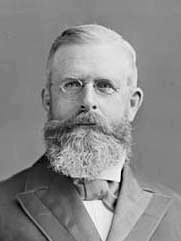
Sir William Mulock was a Canadian lawyer, businessman, educator, farmer, politician, judge, and philanthropist. He served as vice-chancellor of the University of Toronto from 1881 to 1900, negotiating the federation of denominational colleges and professional schools into a modern university.
Rev. William Venables-Vernon Harcourt was an English cleric, founder of the British Association for the Advancement of Science, canon residentiary of the York Cathedral, and later rector of Bolton Percy.
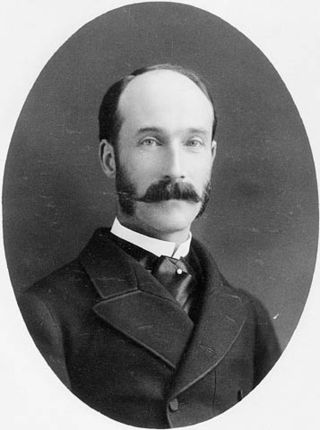
Henry Charles Keith Petty-Fitzmaurice, 5th Marquess of Lansdowne,, was a British statesman who served successively as Governor General of Canada, Viceroy of India, Secretary of State for War and Secretary of State for Foreign Affairs.

John Galt was a Scottish novelist, entrepreneur, and political and social commentator. Galt has been called the first political novelist in the English language, due to being the first novelist to deal with issues of the Industrial Revolution.
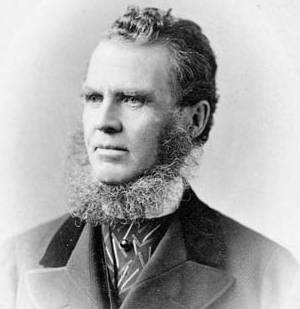
Sir William Pearce Howland, served as the second Lieutenant Governor of Ontario, from 1868 to 1873. He was one of the Fathers of Confederation.

Richard Morris Hunt was an American architect of the nineteenth century and an eminent figure in the history of architecture of the United States. He helped shape New York City with his designs for the 1902 entrance façade and Great Hall of the Metropolitan Museum of Art's Fifth Avenue building, the pedestal of the Statue of Liberty, and many Fifth Avenue mansions since destroyed.

The Imperial Bank of Canada was a Canadian bank that operated from 1873 to 1961. In 1961, Imperial merged with the Canadian Bank of Commerce to become the Canadian Imperial Bank of Commerce.

Schomberg is an unincorporated village in northwestern King, Ontario, Canada. It is located north of the Oak Ridges Moraine and south of the Holland River.
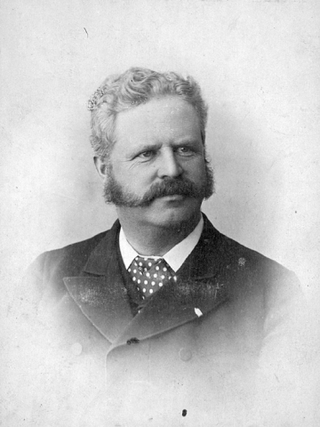
William Holmes Howland was Mayor of Toronto from 1886 to 1887. He was also a member of the Orange Order in Canada.
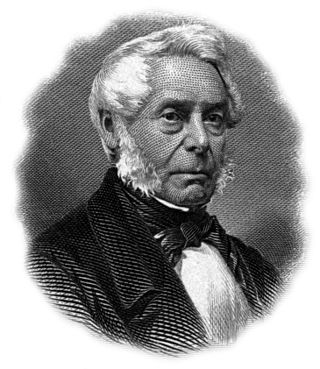
William Hamilton Merritt was a businessman and politician in the Niagara Peninsula of Upper Canada in the early 19th century. Although he was born in the United States, his family was Loyalist and eventually settled in Upper Canada. Merritt fought in the War of 1812, was captured by the invading American forces, and held as a prisoner of war. After the war, he returned to the Niagara region and began a career in business. He was one of the founders of the Welland Canal. He was a supporter of the Abolitionist cause to end slavery in the U.S., and of the settlement of escaped slaves in St. Catharines.
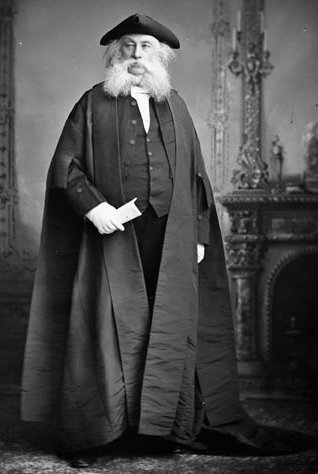
Sir David Lewis Macpherson, was a Canadian businessman and political figure. He was a member of the Senate of Canada from 1867 to 1896. He was knighted for his service to the country in 1884.

Thomas Rodman Merritt was a Canadian businessman and political figure in Upper Canada, later Ontario, Canada. He represented Lincoln in the House of Commons of Canada as a Liberal member from 1868 to 1874.

William Findlay Maclean was a Canadian politician.
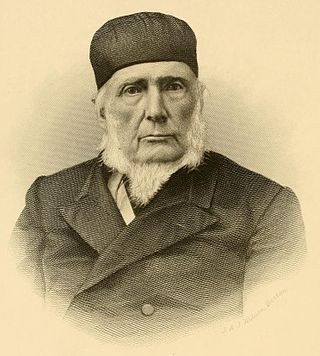
Joseph Grinnell was a U.S. Representative from Massachusetts and friend of Abraham Lincoln, and the brother of Moses Hicks Grinnell.
Andrew Miscampbell was an Ontario political figure. He represented Simcoe East from 1890 to 1902 and Sault Ste. Marie from 1902 to 1903 as a Conservative member of the Legislative Assembly of Ontario.
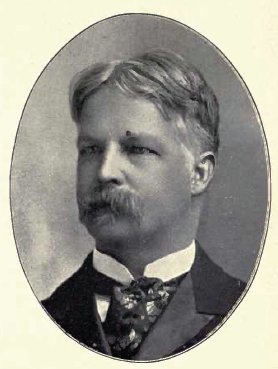
Oliver Aiken Howland, was a Toronto lawyer and political figure. He represented Toronto South in the Legislative Assembly of Ontario from 1894 to 1898 and was mayor of Toronto from 1901 to 1902.
William Henry Gibbs was a manufacturer and political figure in Ontario, Canada. He represented Ontario North in the House of Commons of Canada as a Conservative member from 1872 to 1874 and from 1876 to 1878.
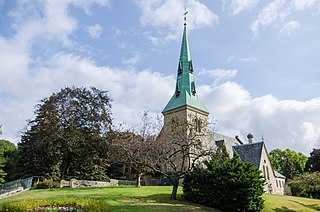
St. James' Cemetery and Crematorium is a historic cemetery in Toronto, Ontario, Canada. It is the oldest cemetery in Toronto that is still in use, having opened in 1844. It was originally the burial ground for the Cathedral Church of St. James, but it later became non-denominational. The main entrance to the cemetery is located at 635 Parliament Street, north of Wellesley Street East. Just to the west is the St. James Town neighbourhood, which is named after the cemetery.
The Irondale, Bancroft and Ottawa Railway (IB&O) was a short line railway in Central Ontario, Canada. The line was originally opened in 1878 as the Myles Branch Tramway, a horse-drawn wagonway connecting the Snowdon Iron Mine to the Victoria Railway a few miles away. The line was taken over by a group looking to build a northern extension of the Toronto and Nipissing Railway (T&N) as the Toronto and Nipissing Eastern Extension Railway. This extension was never built; instead, the company rechartered as the IB&O and used the Tramway as the basis for a new line with the ultimate aim to connect Orillia to the Ottawa area.

Thomas McIlwraith was a Canadian ornithologist and businessman. The outdoor natural history organization McIlwraith Field Naturalists of London, Ontario was named in his honour in 1902. He was one of the founding members of the American Ornithologists' Union.